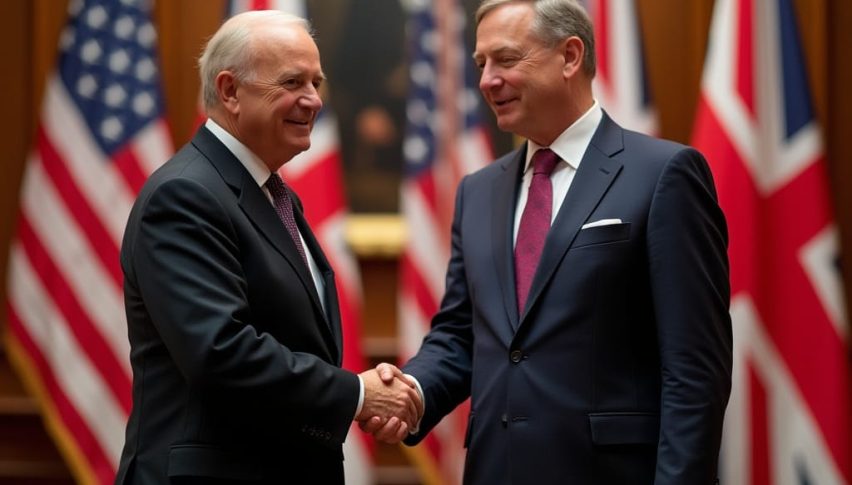UK Inflation Rises to 3.6% in June, Exceeding Expectations
Since August, the central bank has cut rates by a full percentage point (in four 25-basis-point moves).

Quick overview
- Inflation in the UK rose to 3.6% in June, the highest since January 2025, driven by increased fuel and service prices.
- This marks a significant rise from a three-year low of 1.7% last September, with the Bank of England projecting inflation to peak at 3.7% by September.
- Despite rising inflation, BoE Governor Andrew Bailey indicated that interest rate cuts could still proceed gradually due to labor market weakness.
- The persistence of service inflation at 4.7% complicates the outlook for monetary policy, potentially delaying the return to the BoE's 2% target.
Inflation in the United Kingdom accelerated in June, reaching 3.6% year-on-year, its highest level since January 2025, according to the Office for National Statistics (ONS).

The increase was driven mainly by rising fuel and service prices, with transportation costs contributing most to the month-over-month uptick.
This marks a continued climb from the three-year low of 1.7% recorded last September. In May, the Bank of England (BoE) had projected that inflation would peak at 3.7% by September — nearly double its official 2% target.
Following the release, the British pound edged slightly higher against the U.S. dollar, as investors interpreted the data as a potential obstacle to interest rate cuts in the BoE’s upcoming August meeting.
Inflation Numbers
A sharp rise in April — to 3.5% — was attributed to increases in regulated energy and water tariffs, higher airfares, and labor-intensive services impacted by wage floor hikes and higher employment taxes.
Despite rising inflation, BoE Governor Andrew Bailey has signaled that rate cuts could still proceed gradually, citing labor market weakness and muted economic growth as reasons to ease policy carefully. However, the persistence of service inflation, which remained at 4.7% in June (above economists’ forecasts of 4.6%), complicates that outlook. The BoE considers service prices a more accurate reflection of domestic inflationary pressures than headline CPI.
Since August, the central bank has cut rates by a full percentage point (in four 25-basis-point moves). Economists surveyed by Reuters had previously anticipated two more quarter-point cuts this year, but the latest data may prompt a reassessment.
In May, the BoE predicted that inflation would return to target by Q1 2027, but growing concerns about labor market mismatches and supply-side constraints — especially their impact on wage growth — could delay that timeline.
- Check out our free forex signals
- Follow the top economic events on FX Leaders economic calendar
- Trade better, discover more Forex Trading Strategies
- Open a FREE Trading Account